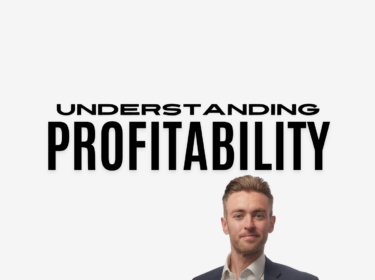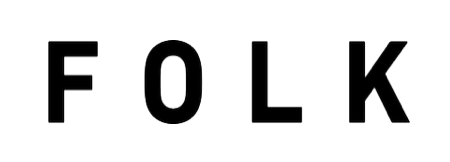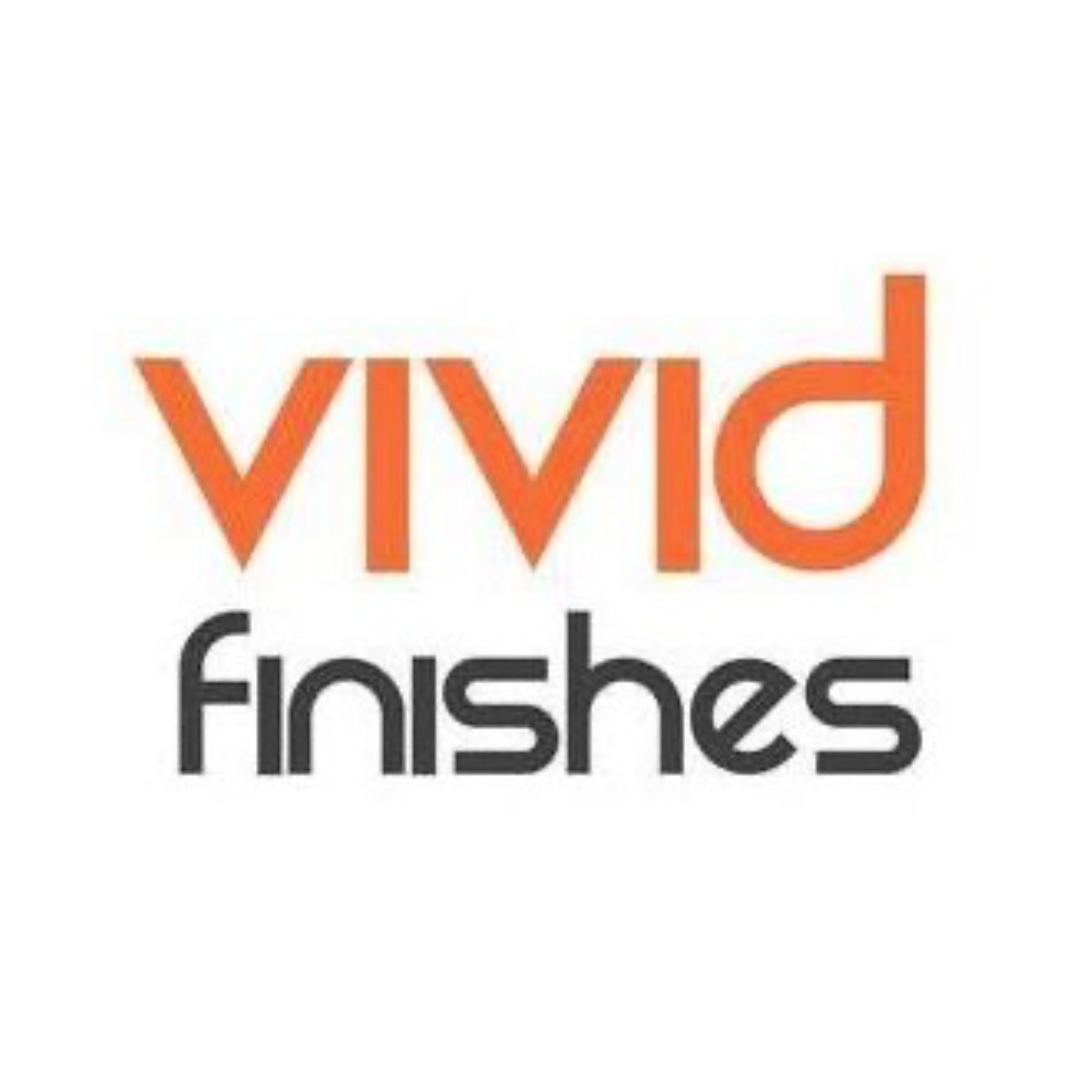The SEIS Scheme
Achieve huge tax savings by investing through the SEIS scheme
Many small businesses need to raise investment or finance, and the SEIS scheme is a brilliant way to do this.
SEIS - otherwise known as the Seed Enterprise Investment scheme - helps small businesses by allowing you to claim tax relief on up to £100,000 invested each year. This means you could receive tax reliefs covering 78% or more of your investment.
In this video, Mitch Hahn explains how SEIS works for both an investor AND a company looking for investment. Watch it now to find out how the scheme could benefit you and your business.
Hello and welcome to another episode of Nordens TV.
A lot of small businesses need to raise investment/finance and there is no better way to do it than via the SEIS scheme. So today, in a short video, I am going to talk about SEIS and how it works for both an investor AND a company looking for investment.
SEIS - otherwise known as the Seed Enterprise Investment scheme - was introduced back in 2012 by the Revenue to help small businesses raise investment by providing some tax reliefs on investments made into qualifying companies.
SEIS allows you to claim relief on up to £100,000 invested via the scheme per year, which means you could receive tax reliefs covering 78% of your investment or more.
You can invest in an SEIS directly or through an SEIS fund, but if you are looking to invest more than £100,000 into a business, you should learn more about the EIS scheme which we will discuss in another video.
SEIS offers a number of tax reliefs to investors, ranging from automatic reductions to loss relief and capital gains tax avoidance. Some of these are dependent on your tax bracket so you will need to be aware of this.
Additionally, in order to benefit from most of the tax reliefs I am about to mention you MUST hold on to the qualifying shares for a minimum of 3 years.
The tax reliefs you can get through SEIS are:
• Individual income tax relief of 50% of the amount invested
• Exemption from Capital Gains on earnings from shares
• Profits realised within 3 years are exempt from Capital Gains if reinvested in the SEIS and
• Loss relief if the company falls
I’m going to give you an example of three scenarios to best demonstrate the investment outcomes. The first company goes bust, the second company breaks even and the third doubles in value. We will assume income tax rate of 45% and Capital Gains of 28%.
You invest £1,000 into an SEIS qualified company.
The company you invest in goes bust, so your shares are worth £0. You will receive £225 loss relief which is 50% investment x your tax rate) giving you a total loss of £275.
The company you invest in breaks even. You sell your shares for £1,000 after 3 years having already claimed £500 in income tax relief. You get £1,500 back, £500 tax free.
The company you invest in DOUBLES in value! Success! Your shares are worth £2,000 at exit. You pay NO capital gains tax on the profits from shares you have held for 3+ years. You get £2,500 back of which £1,500 is tax free.
So how do you claim your SEIS tax relief? Well, before you can claim the relief you must have received an SEIS 3 form from the company in you have invested. This form confirms the amount you have invested and states the investment is eligible for tax relief.
A company is issued SEIS3s by the Small Companies Enterprise Centre (which is part of the HMRC) once it has been trading for four months, or if it has spent 70% of its total investment.
The company then passes an SEIS3 form on to each investor, who completes and submits it as part of their tax return - usually submitted by their accountant. Tax relief can be claimed up to five years after the 31st of January for the year in which the SEIS investment was made.
There are complex rules around what type of company qualifies for SEIS investment. While there is no way to guarantee an investment will be eligible for the SEIS, companies can apply to HMRC for SEIS ‘advance assurance’, which gives a provisional indication of whether or not a company may be eligible to apply for tax relief for its investors.
SEIS relief applies ONLY to individuals. In order to qualify for income tax relief, you cannot be connected to the investee company by financial interest or employment. You are recognised as being connected to the company if you are a paid employee, partner or director. The exception is if you are an unpaid director of the company, in which case you may still claim Income Tax Relief.
You are also connected to the company and therefore ineligible to receive income tax relief if you have a 30% or greater interest in the company or any subsidiary, and NO partner or associate of the investor may have other interests in the company.
As a company, to qualify for SEIS tax relief, shares must be new, ordinary - which are redeemable, and have no special rights attached to them. Shares must be paid for in full and in cash to be eligible for Income Tax Relief. You cannot use a loan to buy the shares if it was only approved for the purchase of the shares.
Maybe you are or would like to be an investor! If you are watching this video and you are someone who is interested in investing in a company qualifying for SEIS or would like more information on how to find investment opportunities like this, please do get in touch with us as we strive to help our business owners fulfil their goals.
Alternatively, if you are a business that needs or would like investment, we help business owners achieve this whether it is by SEIS, EIS or other ways! Please get in touch with us for a free and friendly chat to see how Nordens can help you achieve your goals!
Continue watching:
-
The SEIS Scheme
27 September 2019 -

SURREAL Cereal are a masterclass in disruptive brand building
14 October 2024 -

Hire people who ADD value to your business
14 October 2024 -

How we support the world leading psychic medium, TJ Higgs
14 October 2024 -

Dropshot UK: how we helped them succeed in the padel market
14 October 2024 -

KFC and resilience: why you should never give up in business
14 October 2024 -

Use these Sales and Marketing tips to attract your IDEAL clients
28 August 2024 -

Neurodiversity and Business: Becoming More Neurofriendly
1 August 2024 -

Profitability: what business owners NEED to know
1 August 2024 -

How we helped Chucky Venn succeed
16 July 2024


















